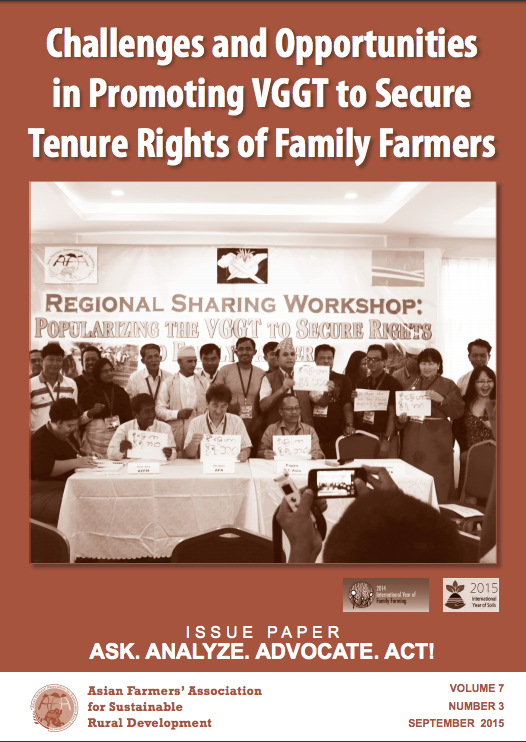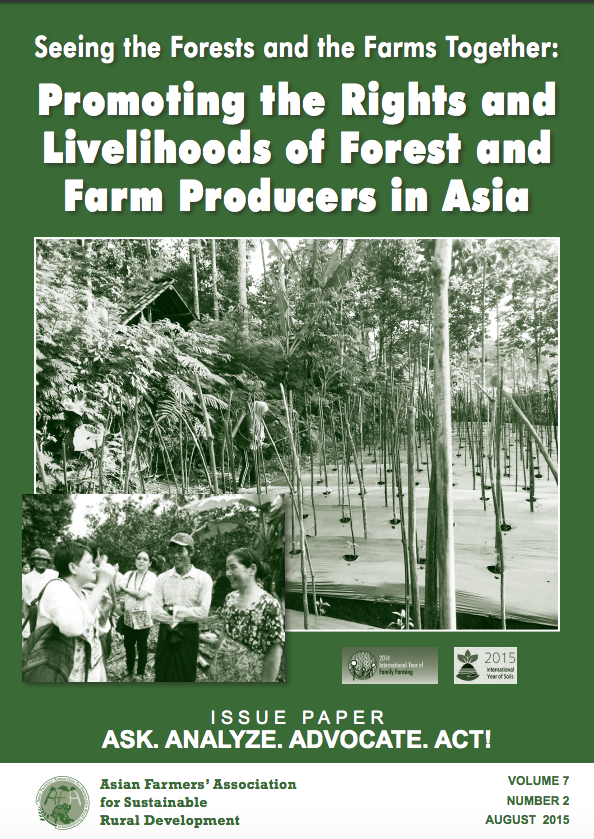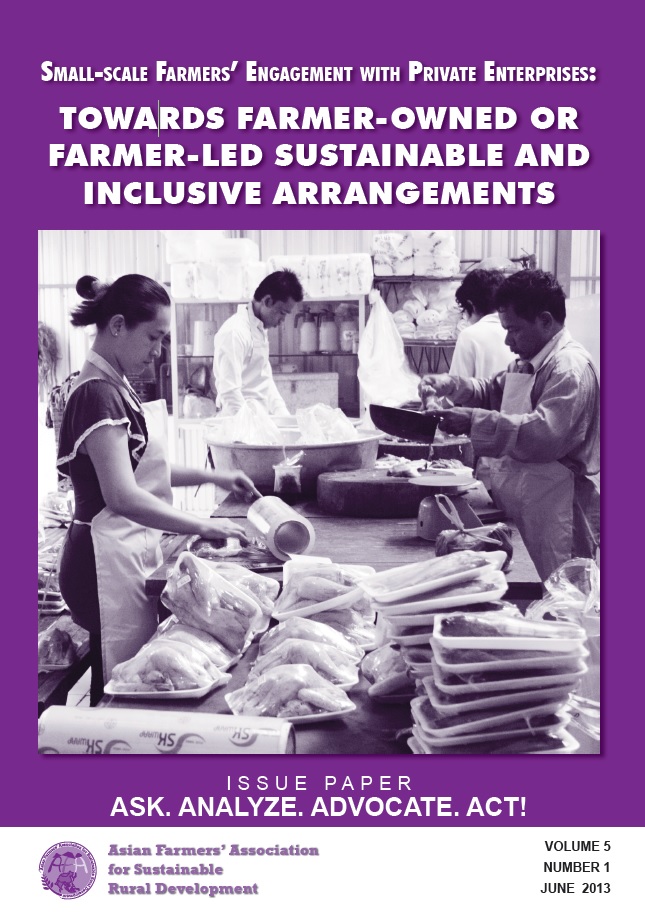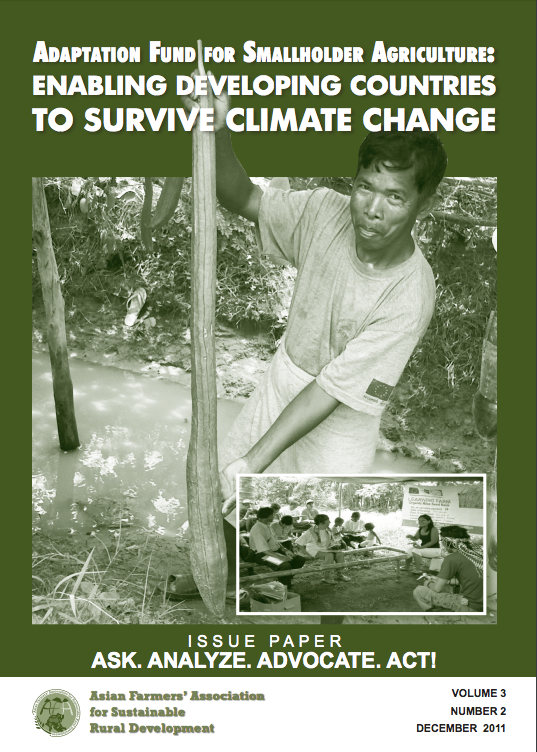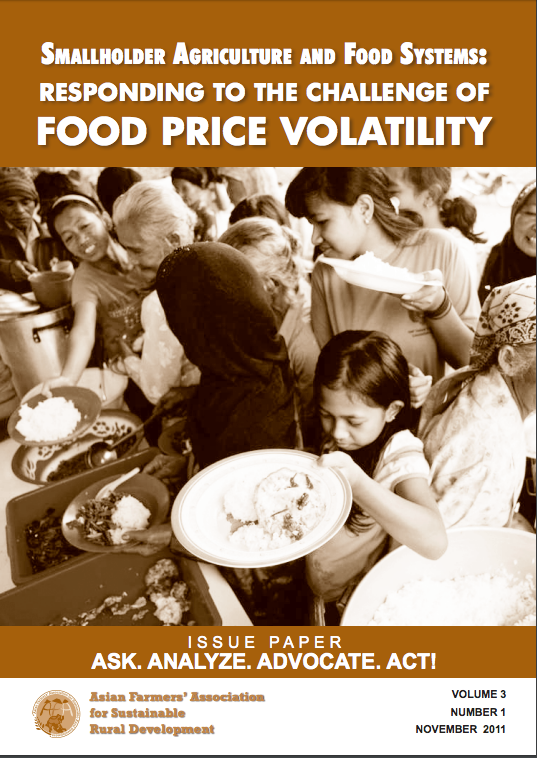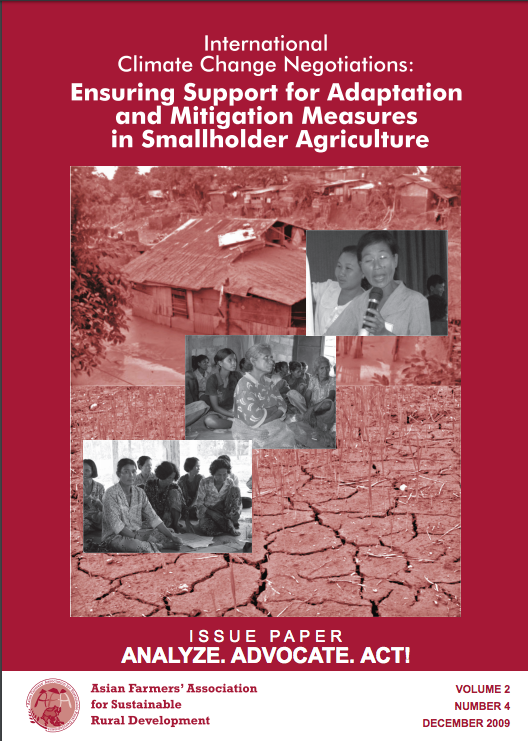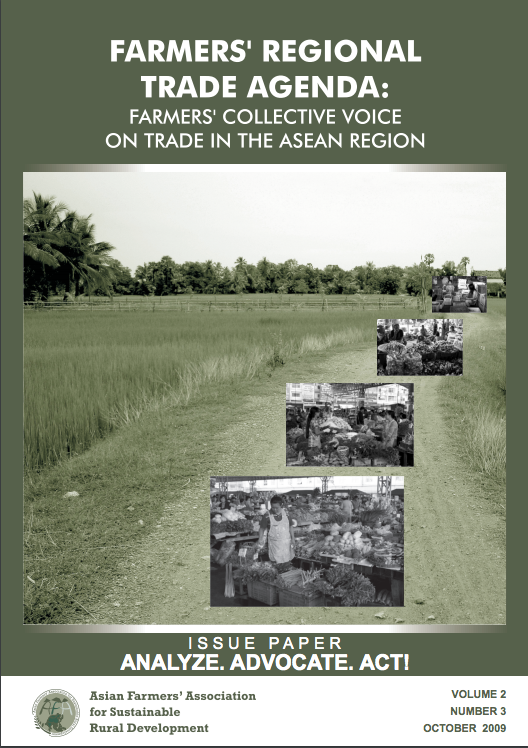Women's Rights in the Cocoa Sector: Examples of emerging good practice
Women cocoa farmers are central to the sustainability of the cocoa supply chain and cocoa-growing communities. Too often unrecognized and undervalued, women’s labor makes significant contributions to the amount of cocoa produced, which is under increasing demand.




